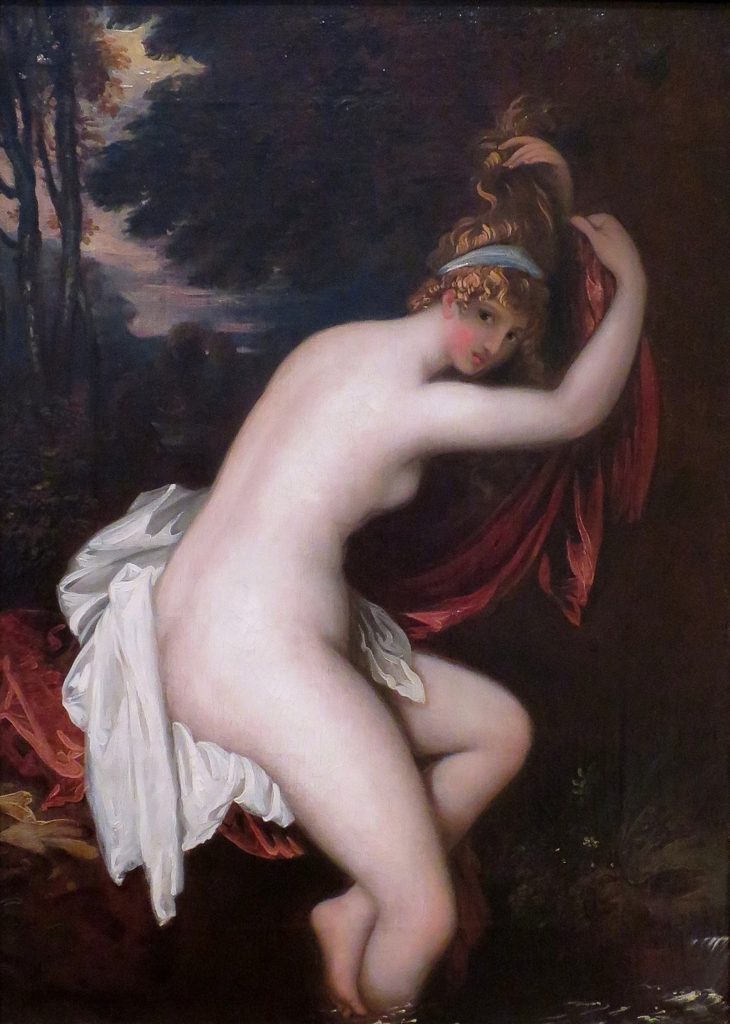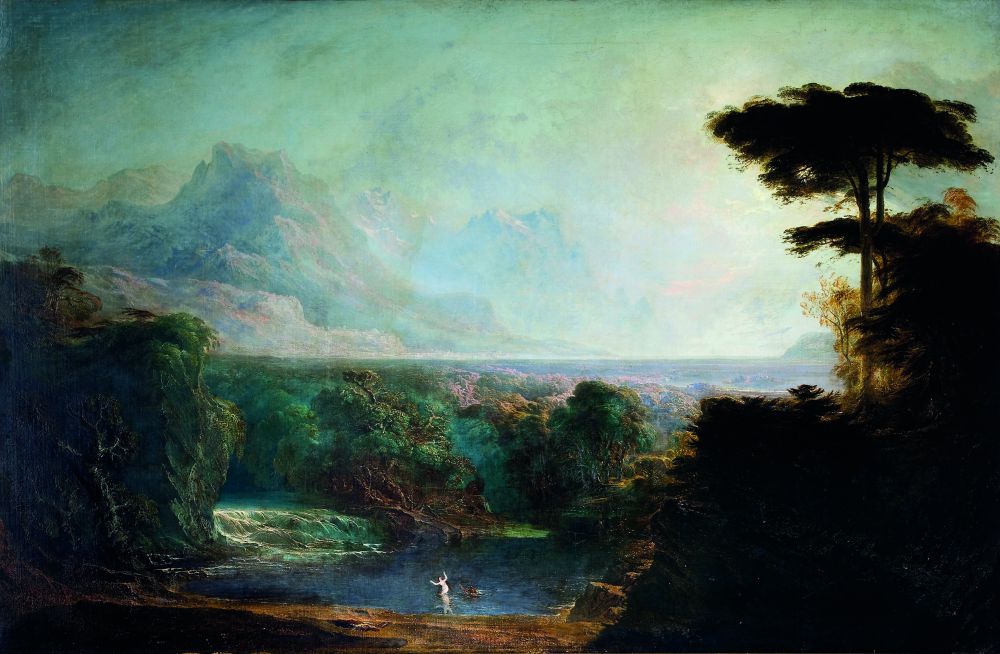Contemporary thought often suffers from a twofold delusion. There either needs to be a model for everything or else everything is taken to be a difference in itself. In this way, pure identity and pure difference move their pawns against each other in an endless and fruitless game.
Translation, of course, is the first victim of such game, for it is in one case declared superfluous, impossible in the other. And yet the very fact that translation is a common affair should make us realise that the game is flawed to begin with.
For no thing is exactly identical to those which may be legitimately viewed as being similar to it; nor are similar things completely different from each other. That is, things never happen to follow a model which they would thus merely replicate; but, at the same time, they are not so unique that any attempt to classify them should be abandoned and replaced by a deictic logic.
The concept of variation enters the picture precisely at this point, since it partakes of identity and difference in equal proportion. Put otherwise: it eludes universalism while simultaneously avoiding particularism.
The range of application of such concept is extremely broad. On one, strictly savant, end, we find, for instance, Patrice Maniglier’s notion that anthropology supplies a formal theory of ourselves as variants. On the other, more ordinary, end, we find many musical, artistic, and literary examples that may be cataloged as examples of an ars variationis.
Ordinary does not mean trivial, though.
Ludmila Pavlová (violin) and Alissa Firsova (piano) perform here Karol Szymanowski’s The Fountain of Arethusa, Op. 30, No. 1 (1915), based on the ancient-Greek myth of the nymph Arethusa who, willing to escape the river-god Alpheus, and helped by Artemis, fled from her home in Arcadia and came up as a fresh water fountain on an island in Syracuse. It is, above all, the flight and the metamorphosis of the nymph that Szymanowski beautifully transposes into music.
Consider now the following paintings by Benjamin West (1802) and John Martin (1832), respectively.
West imagines a private bourgeois-like bathing scene and, drawing the viewer’s attention to her facial expression, stresses Arethusa’s feelings (disgust?, fear?, both?) before the advances of Alpheus, whom we do not see but intuit at the other end of the nymph’s sight.

Benjamin West, Arethusa (1802)
In turn Martin, by placing the scene of their violent encounter against an overwhelming, grandiose landscape, choses to emphasise the nymph’s helplessness prior to Artemis’s intervention.

John Martin, Alpheus and Arethusa (1823)
Are these variations permutations of a model that remains unchanged, i.e. identical to itself here and there? Or are they so unique that each one invites us to experience something entirely singular and unsuspected elsewhere? Put otherwise, do we have here one or many Arethusas?
It is difficult to avoid the impression that the degree of difference and the degree of sameness fold into one another, and that we are left wandering at the door where one communicates with, and secretly changes into, the other.
